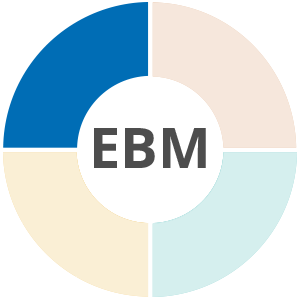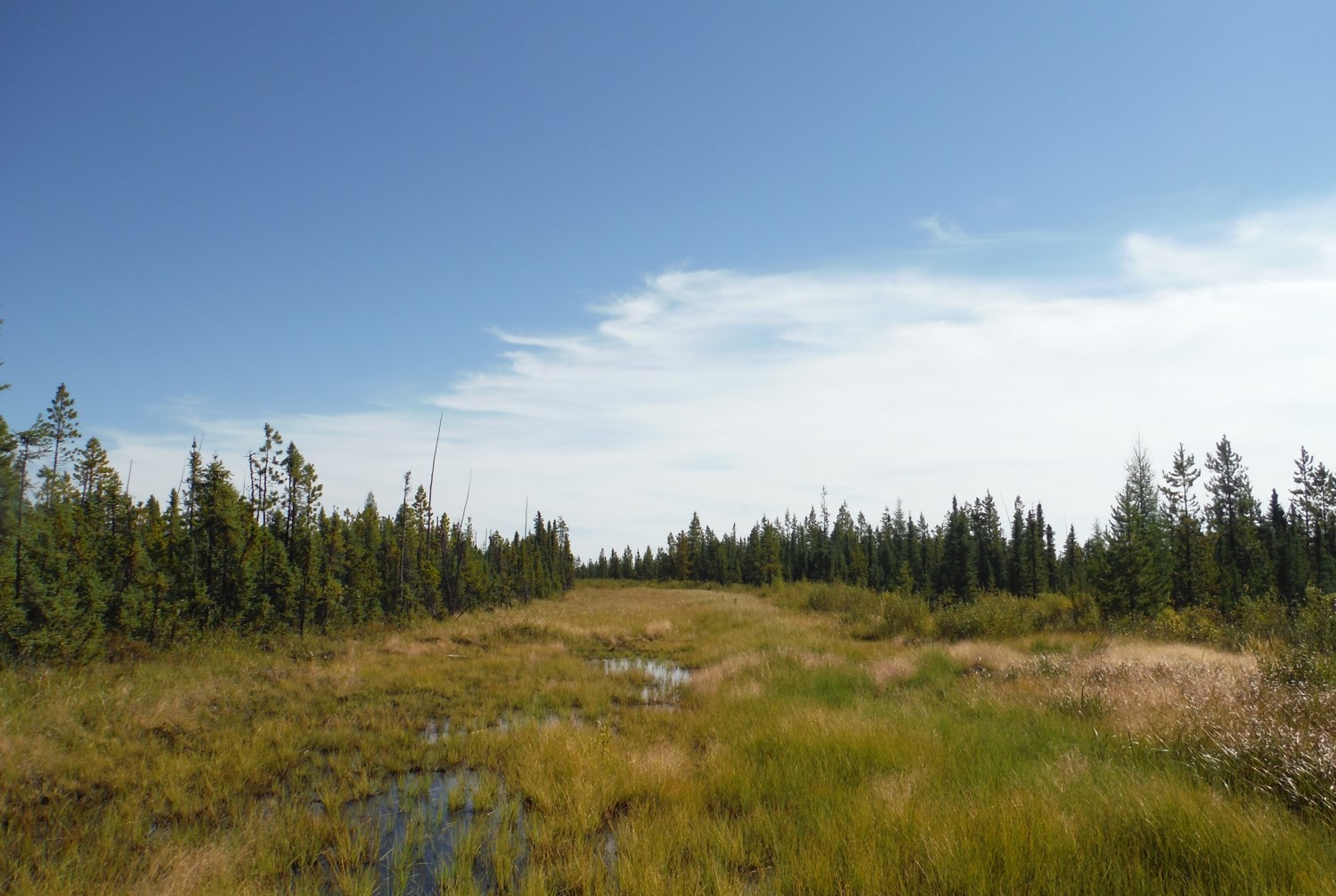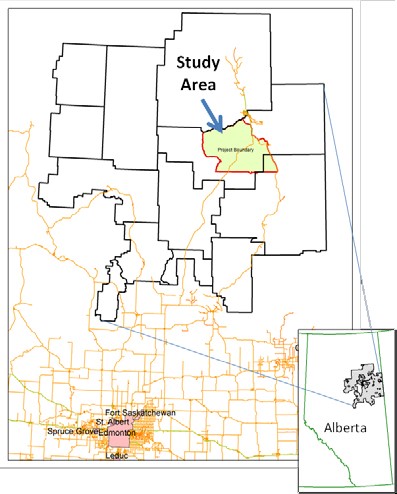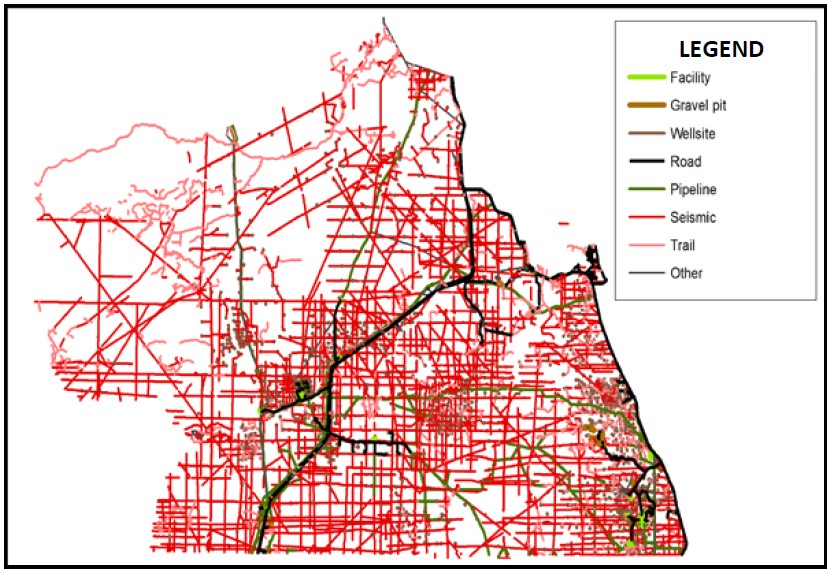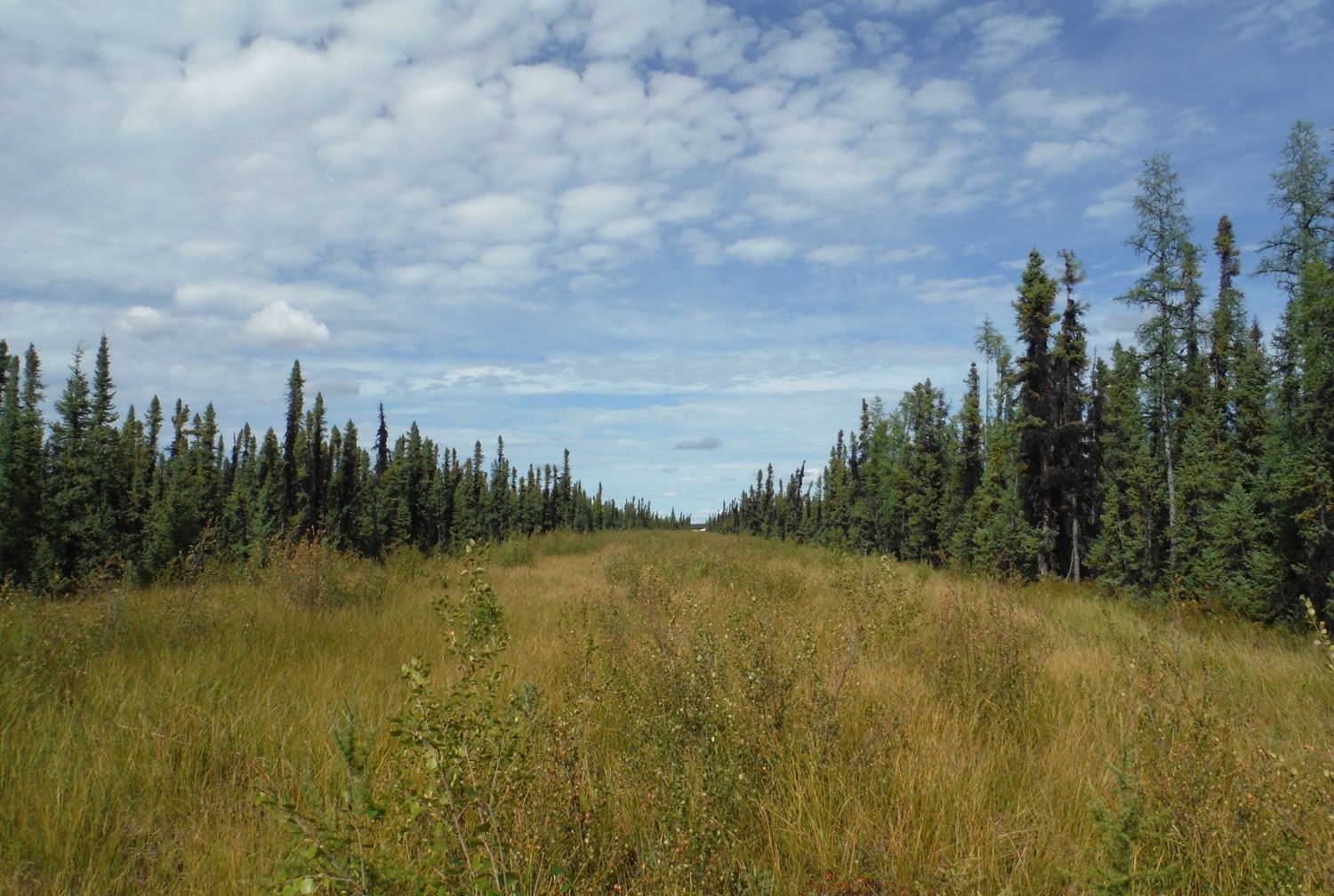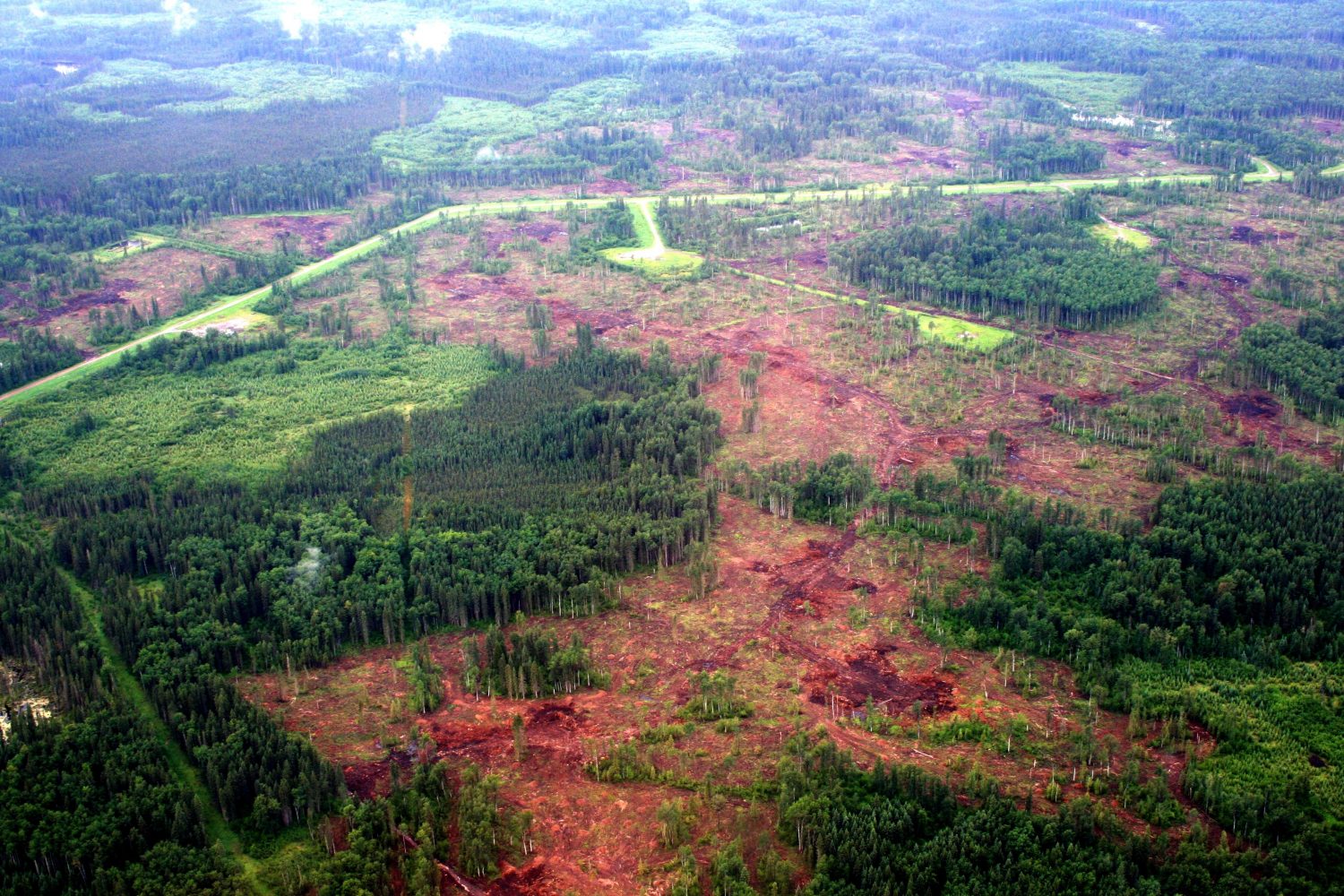Overview
Alberta has one of the world’s most complex natural resource landscapes with many overlapping interests. This makes planning for EBM outcomes challenging, but essential. The Stony 800 project overlaid harvest blocks on multiple human disturbances to show the costs and benefits of creating a natural disturbance from multiple and different human disturbance types.
Background
An unintended outcome of Canadian landuse policy is that results in forests that are far outside their natural range of variation. In northeastern Alberta, where the energy sector operates on the same landbase as forestry, recreation, trapping and residential development, biodiversity and productivity are low, new and unpredictable relationships among species exist, ecosystem services are threatened, and the landscape is predicted to be less resilient to climate change.
Although there are several policy areas that result in an imbalance ecosystem, perhaps the most difficult to change is the different operating rules among resource sectors. Although a reasonable approach would be to create the same rules for everyone, the first steps are to determine what a desired landscape looks like. From this, a process to determine common ground rules that would achieve this could be pursued.
The Stony 800 model was a simulation to walk through these steps and predict the costs and benefits of creating a healthy landscape from the independent efforts of several resource sectors working towards a common goal.
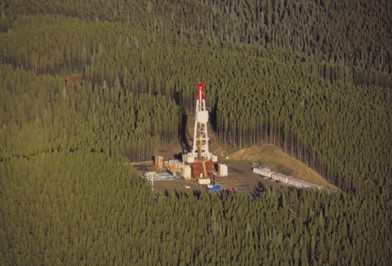
Photo credit: fRI Research
“This study is ultimately about the growing concern over the increasing distance between the health and integrity of pre-industrial “natural” landscapes and that from those that we have been creating through a range of overlapping and uncoordinated management activities”
Innovation
The Stony 800 project proposed two simple innovations: a consistent set of disturbance rules for all industries and a collaborative approach to determine a commonly held, desirable and variable future landscape.
Discovery
The Stony 800 model suggests that the Healthy Landscapes (HL) approach created a significantly healthier landscape than the current, traditional approach. Twenty years into the future, the HL approach created twice as much area in large old forest patches, restored twice as much area in linear features, and created 75% less disturbance edge compared to the existing management approach. This was done using the same financial investment in restoration activities and the same level of harvesting. These are dramatic improvements in just 20 years.
Where in the wheel?
This model highlighted several high priority issues; sustainability, integrated planning, cumulative effects, and making ecosystem health a shared priority. However, the predicted improvements are only achieved with considerable changes to policies and practices.It requires fully and truly collaborative planning where responsibility is shared among stakeholders and managers. The modeled forestry pattern will have to be accepted by all industrial partners, or implemented and regulated by the Alberta government. It will take considerable and deliberate political will for both of these changes to occur.
